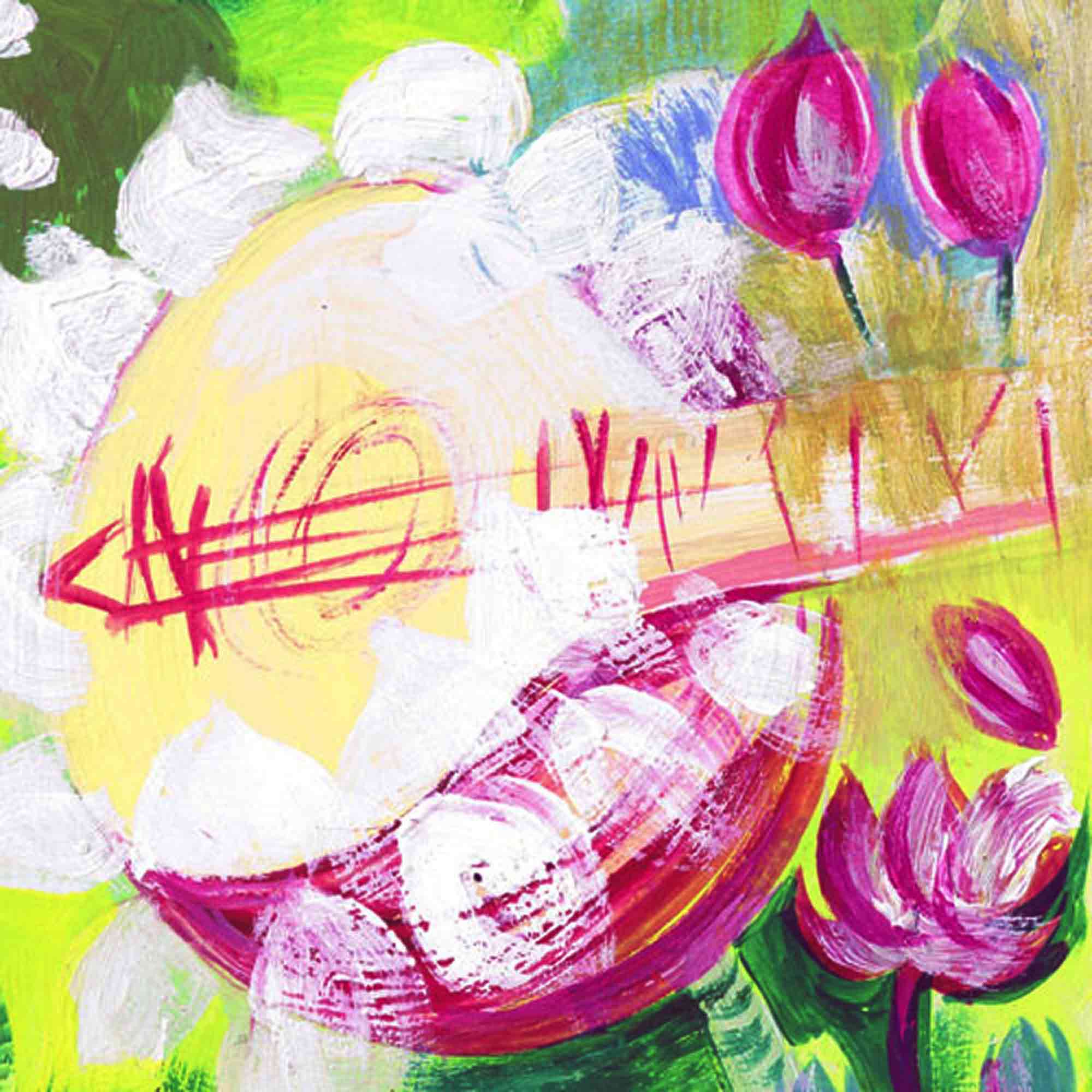Purpose
Probing the depths of Indian sounds and symbols both for their interdisciplinary potential and intrinsic value.
Content
We pool musical, visual and numerical motifs. Sounds, hand gestures and movements link two school subjects within a single session; and more subjects wherever this approach lends itself to being integrated into a curriculum.
Method
The “Musical Lotus Pond” is a biotope where beauty flourishes in unexpected ways. Each participant embellishes a sheet of paper containing numbers and shapes. These form the basis for musical activities. At the conclusion, the sheets are folded into small cones resembling the “school cones” traditionally used to entice European children to attend school. Children will spontaneously share their experiences with peers and family members.
Application for integrated education
Analytical thinking, self-expression and teamwork are cultivated. For this purpose, motifs derived from Indian music are combined with those belonging to subjects as diverse as visual arts, geography, biology, physical education and maths.
Pure maths is a religion and in the East, valued for more than merely its technical application – Novalis (1799)
Background information
Indian culture is permeated by synesthetic associations that make learning both enjoyable and (cost) effective. Moreover it fosters concentration and teamwork. It is therefore no coincidence that the ubiquitous lotus motif symbolizes the aspiration to rise above the ordinary and beyond predictability.
The presenters work with the motto “Adapting Indian Universals in Music Education” (AIUME); and this in response to the needs of children and music students. Contributions to exhibitions (e.g. Museum Rietberg Zürich and Royal Tropical Museum Amsterdam) complement their artistic and scholarly pursuits: one is a singer, composer and multi-instrumentalist; the other trained and performed as flautist in India, and authored The Oxford Illustrated Companion to South Indian Classical Music.
I surely know the hundred petals of a lotus will not remain closed for ever and the secret recess of its honey will be bared. – from Gitanjali by Nobel Awardee Rabindranath Tagore
Listen to Tagore: Unlocking Cages: Sunil Khilnani tells the story of the Bengali writer and thinker Rabindranath Tagore: https://bbc.in/1KVh4Cf >>
The acclaimed BBC 4 podcast series titled Incarnations: India in 50 Lives has also been published in book form (Allen Lane).
“I was moved by how many of these lives pose challenges to the Indian present,” he writes, “and remind us of future possibilities that are in danger of being closed off.”















